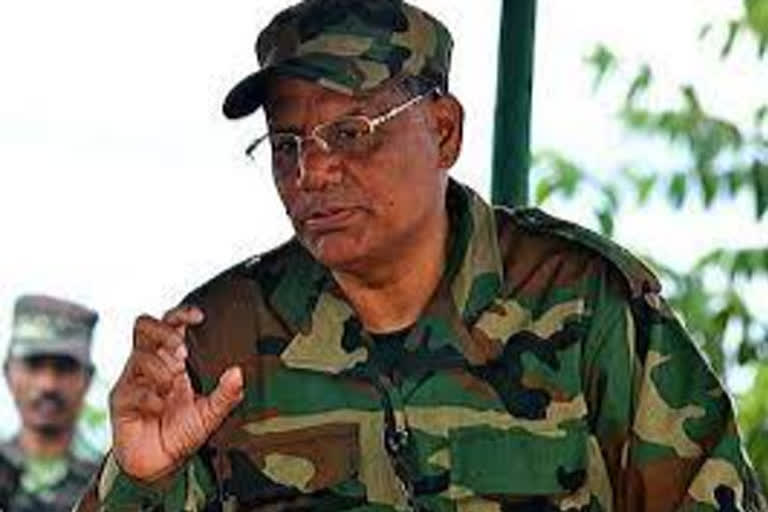New Delhi: Unlike every year in the past, when a email missive would land in from the banned Paresh Baruah-led United Liberation Front of Asom (ULFA-Independent) declaring a ‘bandh’ or a ‘boycott call’ of the upcoming Independence Day or Republic Day, this year has been an exception. In an email received on Wednesday (August 11), the banned outfit said it has not called for a violent protest or a bandh this year but the public can show a black flag or wear a black badge in protest but with adherence to ‘Covid protocol’.
Stating that it was neither “opposed to talks nor belligerent”, the armed outfit sought a discussion on restoration of sovereignty for Assam based on historical facts pointing out that if the Indian Constitution can be amended for so many times, “why cannot it be amended further to include sovereignty in the ambit of discussions”.
What is obvious is that the ULFA (I) is talking from a position of weakness. There are several primary reasons for this state of organizational disarray.
First, in the last two months or so, it has been hit by the desertion of several key leaders—including experienced guerrilla fighters like Jibon Moran and Montu Saikia—who have decided to call it a day and are believed to have crossed over to Assam from the jungle camps in Myanmar’s Naga-dominated Sagaing region.
Read: Investment in J&K may touch Rs 50,000 crore in 7-8 months
Second, the ULFA (I) finances are in a very bad state—not just about funding an insurgency with provisions and weapons but to the extent of providing food to cadres in the camps. This has come about due to an effective counter-insurgency grid by the Indian security forces which had focused on cutting off the source of funds.
Third, the January 29 and the May 16, 2019 offensives on the joint Northeast Indian insurgent headquarters near Taga by the Myanmarese military or the ‘Tatamadaw’ had majorly impacted the capacities, organisational logistics and cohesiveness of the ULFA (I), the Khaplang faction of the Naga and the Meitei insurgents from Manipur. What was once a joint HQ of all the groups was completely run over by a sudden ‘Tatamadaw’ offensive.
Fourth, a military-diplomatic effort by the Indian Army in close coordination with the ‘Tatamadaw’ has been successful in building up pressure on the NE-insurgent groups from all sides. Of course, the Indian Army had to be quite generous with its ‘gift’ of arms and ammunition with the ‘Tatamadaw’.
While the February 2021 coup by the military junta in Myanmar has changed circumstances somewhat, the damage to the NE insurgents had already been done.
Headed by Paresh Baruah, who is believed to be based in the China-Myanmar border, the ULFA (I) comprises about 150 fighters ensconced in several camps in the jungles near India-Myanmar border.
While the Baruah-led faction still seeks an “independent” Assam, a decade-old ongoing talks process between the government and a faction of the ULFA led by Arabinda Rajkhowa has failed to yield anything till now leading to a sense of weariness amongst many in the state. (END)
Read: As extended troika on Afghanistan meets, India not in picture


